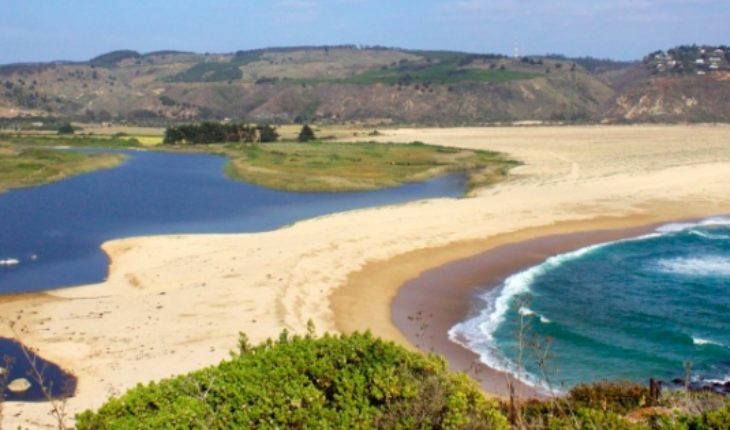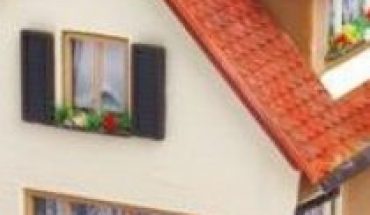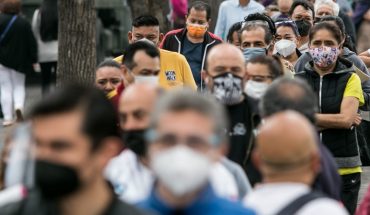Ad portas of the celebration of COP 25 in our country, we consider that we are in time to commit to was protecting ecosystems that fight climate change. In this context, there is the option to strengthen the Casablanca ester basin at its mouth to the sea, better known as the large beach of Tunquén, a place that hides an invaluable and unique treasure just over an hour from Santiago. However, this pristine sector is currently being debated between being an example of environmental protection and sustainable development, or becoming a new missed opportunity for the country.
Today, the extension of the current area of The Nature Sanctuary – which now covers the wetland and its surroundings – to the entire ecosystem that makes it is discussed in the government administrative bodies, incorporating the marine area (beach, rock and breakers), the dune field (set of dunes) and the southern and eastern slope, which together serve as a refuge for the fauna of the place and present valuable species of flora many of them, in a state of conservation: vulnerable or endangered.
The proposal is welcomed by both the Ministry of the Environment and the local communities that have valued the importance of protecting this valuable ecosystem. Inexplicably, a trade of the Council of National Monuments (key to the final stage of this process) has made a mistake that threatens to bring the whole project down: it has left the south-east slope and part of the attached territory out of the proposal.
This true “real estate bite” to the future Sanctuary would enable the installation there of houses, condominiums and even small buildings, a scenario that in our view lacks the solid arguments that we list below.
First, it has been found that in this excluded area there is the presence of an important archaeological site corresponding to human settlements from Polynesia, of incalculable value for the scientific study of our origins.
Secondly, it shelters a native sclerophyll forest, where much of the fauna of this ecosystem lives; and the dune system that provides fundamental ecosystem services for the support and development of life: it controls coastal erosion and blocks the intrusion of salt water into aquifers, allowing the existence of sandy beaches for contemplation and recreation and shelter species of endemic vegetation, the basis of the food chain that allows the great diversity of species existing and that consolidate Tunquén as an essential part of a natural biological corridor.
In relation to the above and given the relevant natural and cultural heritage value of Tunquén, we believe that an inexplicable omission has been committed that proposes to reduce and leave out of protection an area that is precisely the soul of the ecosystem.
The sector that is excluded coincides with the land currently for sale for tourist housing, without any measure that ensures the protection of the natural values of the place and archaeological sites, also endangering the future population and users of the beach, in the face of tsunami and storm surge events, among other risks.
This decision is at the forefront of the evidence highlighted by all the technical reports carried out by the various experts in Tunquén in addition to the studies carried out by the Regional Government of Valparaiso in 2018, which show the need to protect ecosystem.
Why has the Monument Council left out this part of this ecosystem? It is this body that must give a strong explanation and must do so soon, before unwarranted action leads to the destruction of Tunquen’s valuable natural and cultural heritage.
The content poured into this opinion column is the sole responsibility of its author, and does not necessarily reflect the editorial line or position of El Mostrador.





